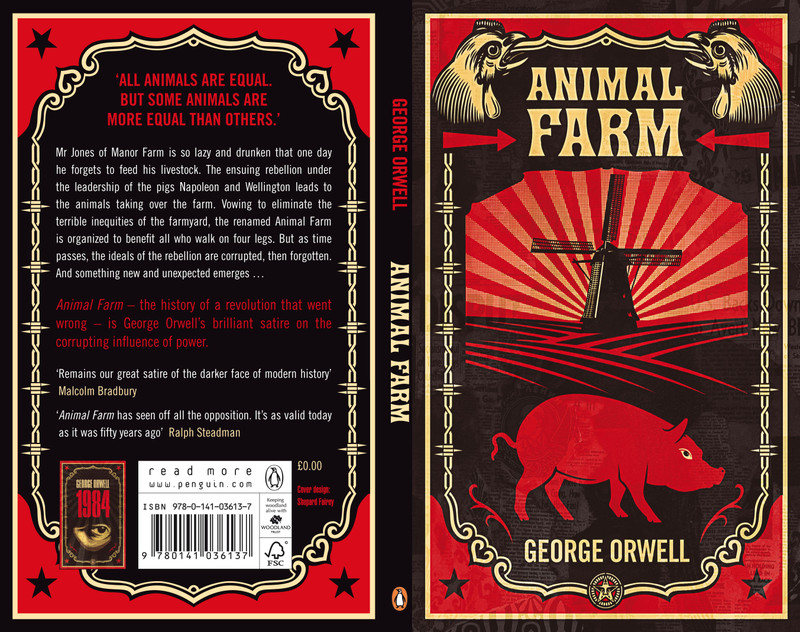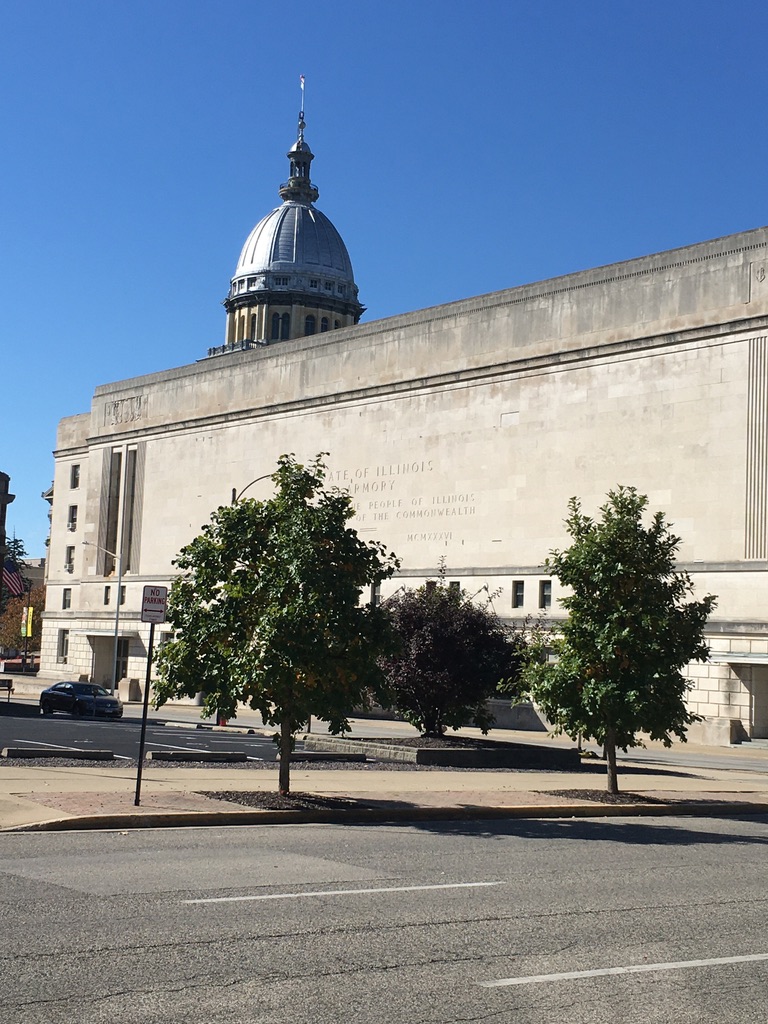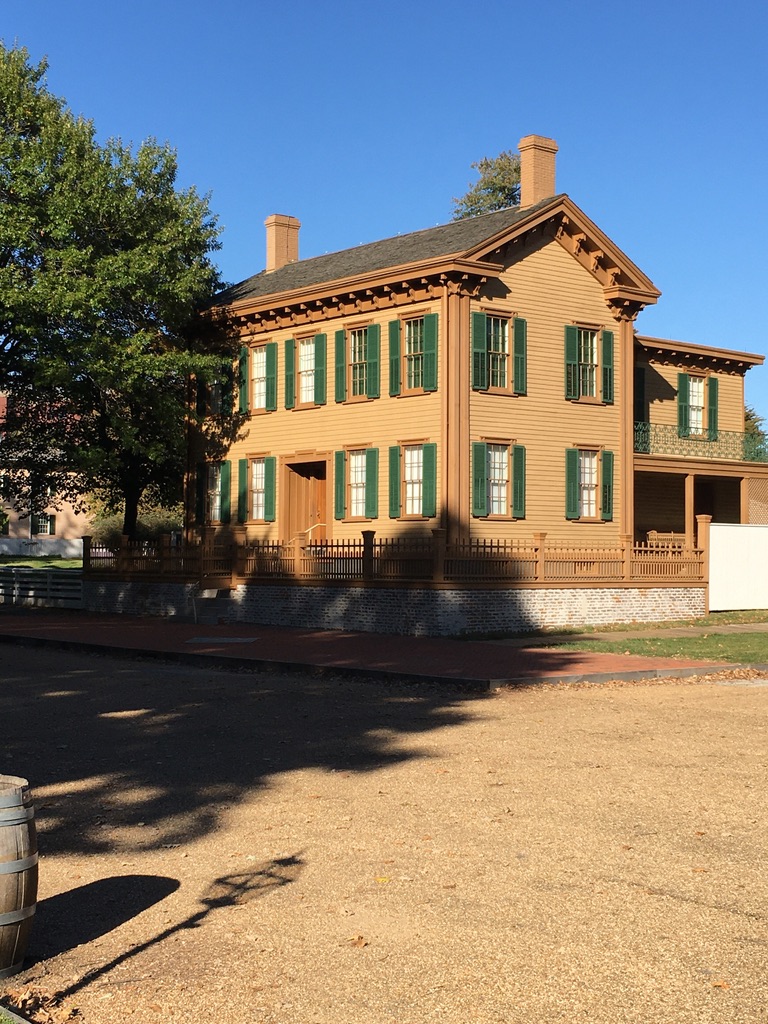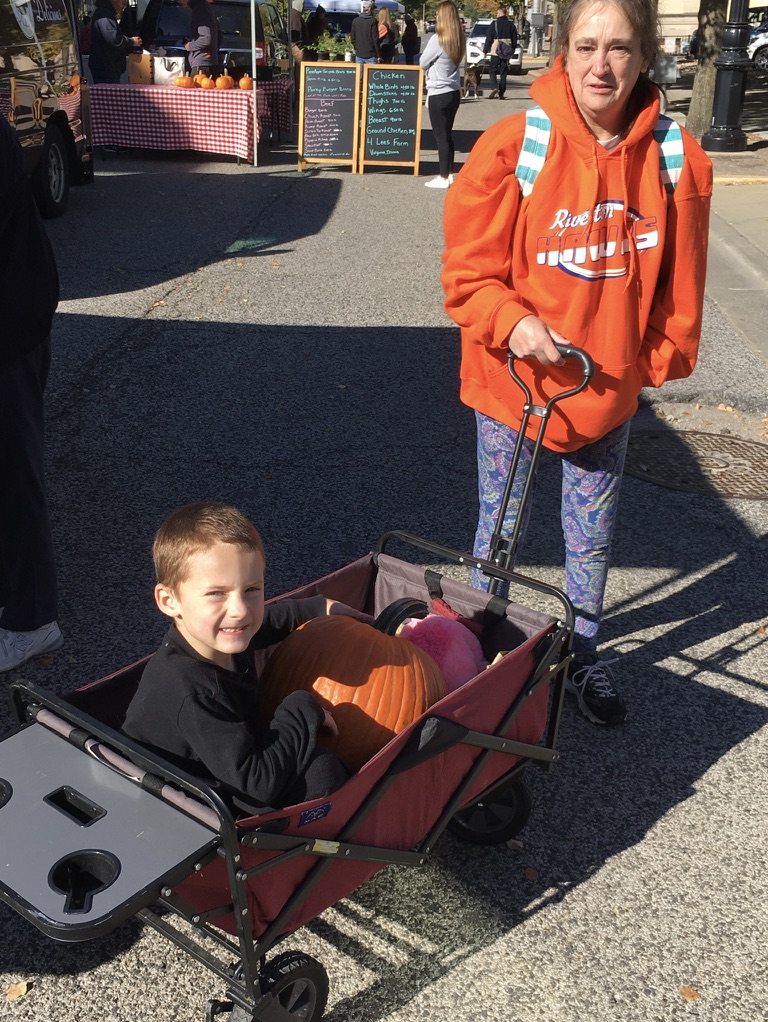Risk based lending (RBL) was introduced to credit unions in the mid 1990’s. Many credit unions now use this approach in some or all of their lending offerings.
The debate continues as to whether this is consistent with coop principles. Here is one CEO’s view.
(from Jim Blaine)
 |
| Balanced lending… |
Many, many credit unions have successfully implemented risk-based lending to the benefit of each and every member. More and more members are calling out and demanding increased risk-based lending by credit unions. Never has one concept been so uniformly and enthusiastically accepted by the masses. RBL is the top requested service on every member survey – right?.
One CEO told me that RBL was an easy sale to the Board after one Board member got back from an RBL seminar cruise. Evidently, in the bar, the Board member was chastised by an RBL advocate with the arguments: “You mean you charge the same loan rate to an admiral as you do to an E-4? You mean your school superintendent pays the same rate as the first year teacher? The blue collars get the same deal?! Do your maid and gardener get the same rate you do? That’s not fair! You’ve got to start running that credit union like a business these days!”
Evidently for the first seventy or eighty years of the credit union movement, boards and members didn’t care much about fairness in lending. Unfairness existed in all credit unions since none used risk-based lending….
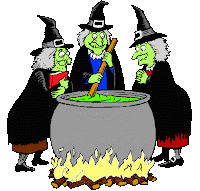 |
| Secret formula… |
Critics try to make an issue out of the “unfairness” in RBL. They always want to claim that while RBL may achieve consistency in credit union lending decisions, RBL was never designed to achieve fairness. With RBL, members are divided into risk “classes” (A,B,C,D,E, etc.) based on a secret formula of risk criteria.
Although the secret formula for risk criteria isn’t advanced enough to tell us which exact member will default, it is explicitly accurate in knowing which “class” to which you and I should belong. There are no shades of gray in an empirical, statistical model. Don’t tell me about the divorce, the flood, the death in the family, or the reporting error. Your statistical record speaks for itself. The secret formula knows who you really are in your heart of hearts. Cut the whining, pay the rate; fair is fair!
Complainers also don’t seem to appreciate the need to eliminate the subsidies within a credit union to “low class” borrowers. The financial stability of the wealthy few is being imperiled by the working class majority. If the poor can’t pay their loans, logically they should be charged a higher rate.
 |
| A New Class Act? |
But we haven’t even begun to fully exploit the benefits of risk-based pricing for the membership. Hope we can use the secret formula to help make some of the other operations of the credit union fairer. We’re already getting behind on the innovations being implemented by our guiding lights over in the banking industry.
Those creative banks have started coding customers into green, yellow, and red “classes” at the call centers. Regardless of how long you’ve been waiting, green goes to the head of the queue. Greens have separate, fast teller lines and receive special services. Bright, bright greens can even receive “private banking” services so they never have to rub elbows with “the riffraff”. Don’t we want to serve our “best” members, too?
Whose credit union is it anyway?
Serving the members based on the distinction of “class” will go a long way toward increasing a sense of fairness and building unity within the credit union. We certainly haven’t been “a class act” in the past but surely everyone agrees that – in a cooperative – some members are more equal than others.


